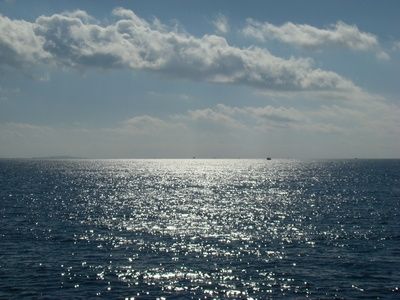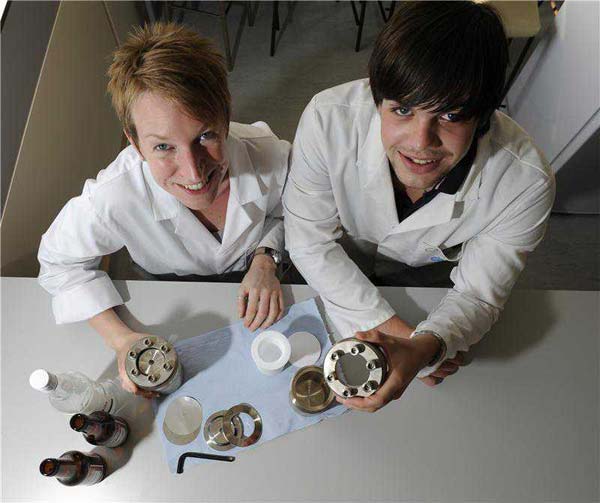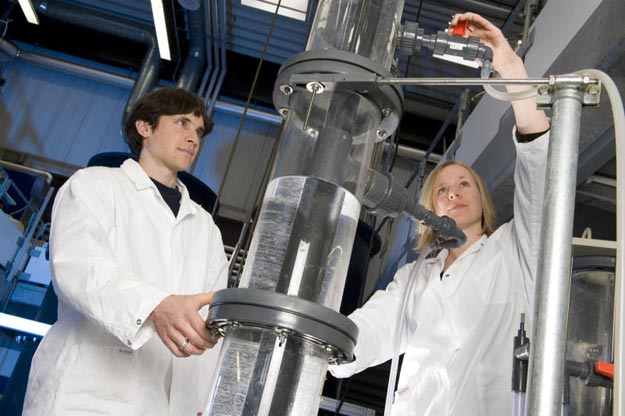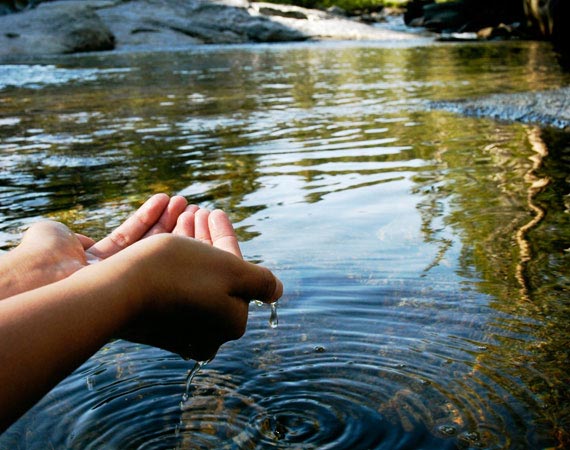Some liquid crystals form monolayers on water surface. When compressed from sides, such films of monomolecular thickness can wrinkle like fabric on a flat, smooth table, pulled together with palms simultaneously from both sides. With increasing surface pressure, the wrinkles of the monolayer fold up and form subsequent layers. The research on new compounds at the Institute of Physical Chemistry of the Polish Academy of Sciences in Warsaw has resulted in the discovery of new mechanisms of multilayer formation that are responsible for creation of liquid crystal films with a structure that has never been observed before.
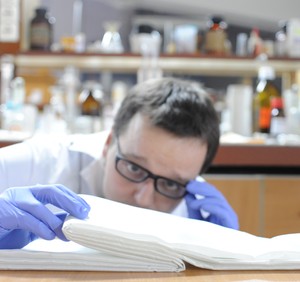
Jan Paczesny
After pouring on a water surface, liquid crystals can form ordered layers of monomolecular thickness. When such layers are compressed in their plane, they can form, under appropriate conditions, a film composed of three layers — a trilayer. It was supposed that from time to time even 5-layers may be formed. “The existence of 5-layers has not, however, been well documented. We managed to confirm their presence with high precision. Moreover, we observed 9-layers that until now were considered exclusively as research suggestions,” says Dr Andrzej Żywociński from the Institute of Physical Chemistry of the Polish Academy of Sciences (IPC PAS) in Warsaw. The research findings have been published in Chemistry — A European Journal. Read more

